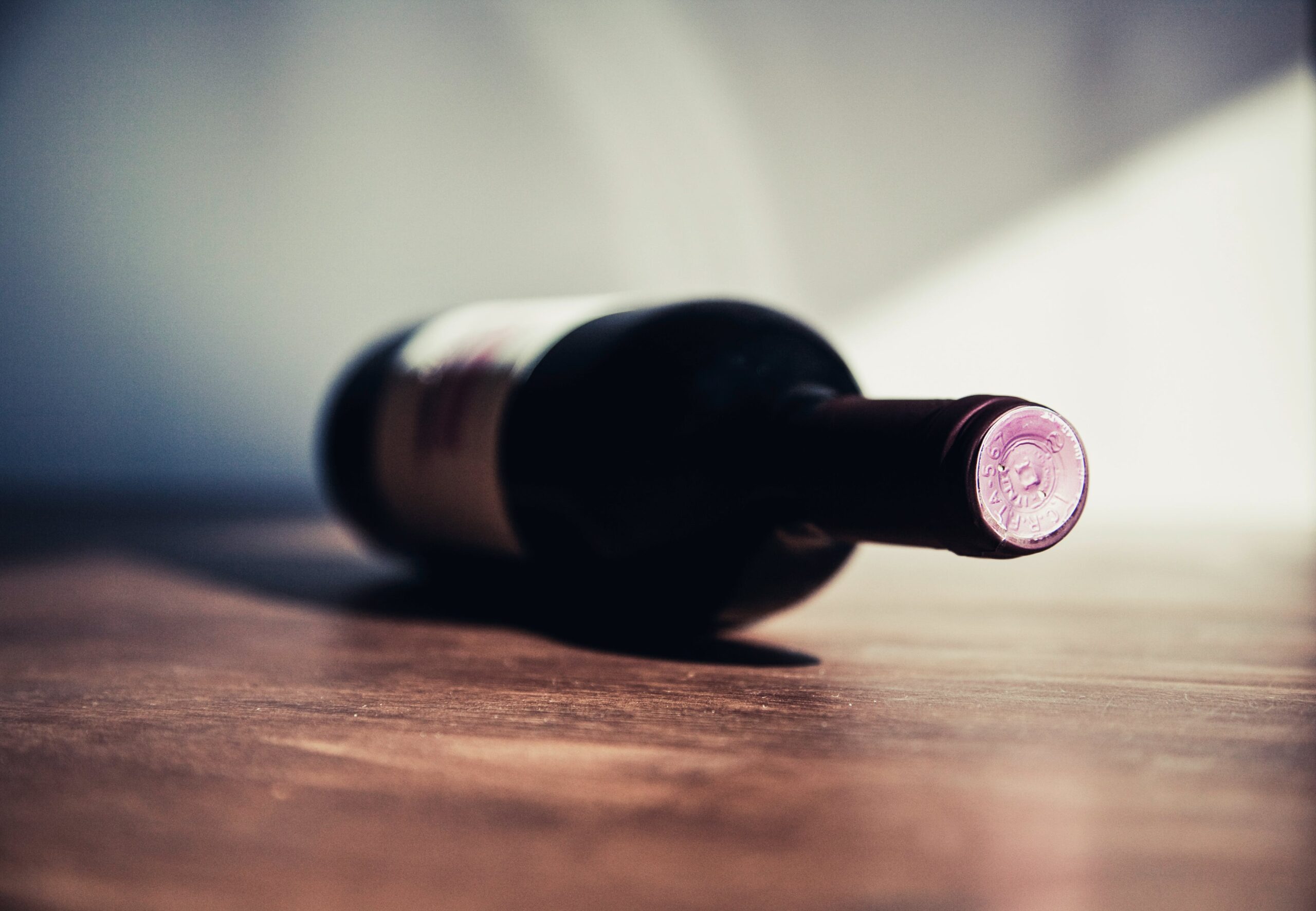A machine-learning algorithm has now demonstrated the capability to identify the origin of Bordeaux red wines by analyzing their chemical makeup.
Wine enthusiasts pride themselves on detecting ‘smokey overtones’ or ‘notes of peach and plum,’ but AI can locate the precise chateau a wine originated from.
The intriguing study led by Alexandre Pouget at the University of Geneva in Switzerland discovered that wines from different estates in Bordeaux possess unique chemical signatures.
The team analyzed 80 red wines spanning 12 vintages from 1990 to 2007, all originating from seven renowned Bordeaux estates. Pouget explained of the study, “We were interested in finding out whether there is a chemical signature that is specific to each of those chateaux that’s independent of vintage.”
The goal was to ascertain if wines from a single estate consistently exhibit a similar chemical profile. Wine enthusiasts may have heard of the word “terroir,” which describes the environmental factors that affect a grape crop’s phenotype, including unique environment contexts, a crop’s specific growth habitat, and even specific farming practices.
To analyze the existence or absence of any continuous terroir across wines, the team vaporized the liquid to segregate their chemical components, resulting in a chromatogram for each wine. Each chromatogram, comprising around 30,000 points, represents a vast selection of different chemical compounds.
73 of these chromatograms, along with information on the chateaux and vintage year, were used to train an algorithm. Testing on the remaining seven chromatograms was repeated 50 times with varying wine samples.
A chemical basis for terroir
Once trained, the algorithm’s performance was striking, successfully identifying the wine’s chateau of origin with 100% accuracy. Pouget notes how tricky this is, saying, “Not that many people in the world will be able to do this.”
The algorithm also showed about 50% accuracy in determining the vintage year.
The study also revealed that the algorithm could effectively identify the estate using only 5% of each chromatogram.
Pouget says this proves a wine’s distinctive taste and texture are shaped by the collective concentration of numerous molecules rather than just a few key ones – an objective basis for the elusive terroir.
Furthermore, remarkably, the algorithm could cluster wines from similar regions by analyzing the chromatogram data. For instance, it distinguished between wines from the right bank of the Garonne River, like Pomerol and St-Emilion, and those from left-bank estates, such as Medoc wines.
This research uncovers the profound influence of terroir – encompassing local geography, climate, microbes, and winemaking practices – on a wine’s unique flavor profile. The next step might be discovering what compounds exhibit these effects and their origins.
AI might be the new sommelier, and it never gets a hangover.





